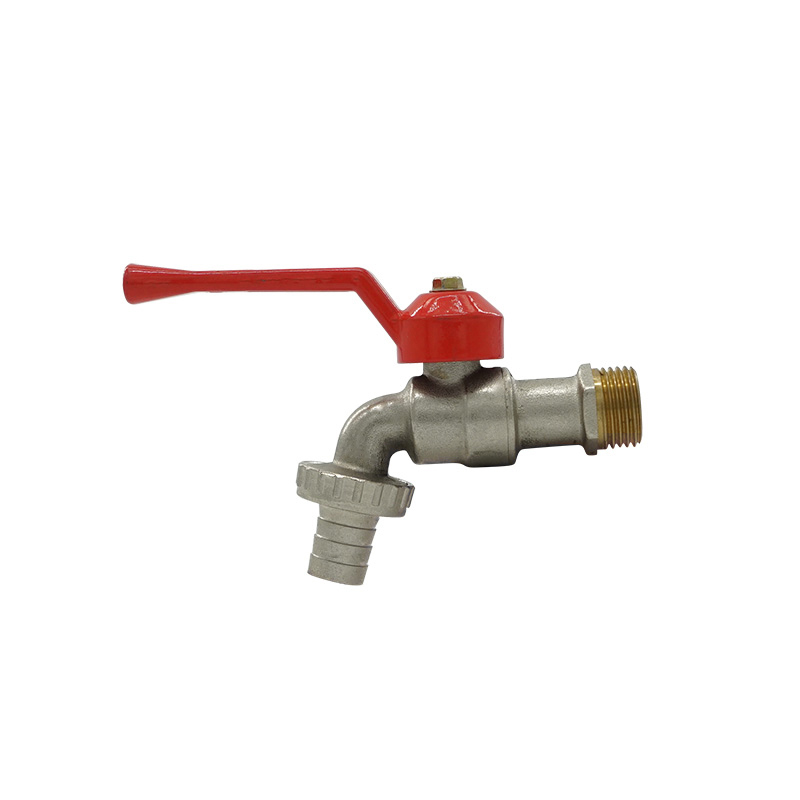In a pipeline system, stop valves and gate valves are two common types of valves. So what is the difference between the two?
1. Different structures
The stop valve has a simpler structure, is smaller in size, lighter in weight, and is easier to install and maintain. However, the tightness of the stop valve is relatively poor, so we must pay attention to its usage scenarios.
The gate valve has a more complex structure than the stop valve, is larger in size, and has greater resistance to water flow. There are many types of gate valves. According to the length of the valve stem, it can be divided into open-stem and concealed-stem gate valves.
2. Different flow directions
The stop valve can only flow in one direction in the pipeline, so it is also called a one-way valve. The flow resistance of the stop valve is not large, it is labor-saving to open, and no support force is added when closing. However, the stop-type regulating valve composed of the stop valve may oscillate during adjustment.
The gate valve can flow in both directions in the pipeline, so it is also called a two-way valve. The flow resistance of the gate valve is very small, but it should also be noted that oscillation will occur when adjusting the water flow.

3. Different sealing surfaces
The sealing surface of the stop valve is the seal between the valve disc and the valve seat and the stuffing box. The material, shape and processing quality of the sealing surface will affect the sealing performance and service life of the stop valve.
The sealing surface of the gate valve generally adopts a metal-to-metal sealing structure. In all cases, a non-metal-to-metal sealing structure can also be used. The gate valve seal is in a periodic switching process in the closed state. Due to periodic friction and impact, the metal-to-metal sealing method is easy to cause scratches on the sealing surface and surface fatigue failure, causing the sealing performance to decrease.
4. Different opening and closing parts
The opening and closing parts of the stop valve are plug-shaped valve discs and disc-shaped valve seats. Their main function is to cut off or connect the medium flow. In the fully open position, the weight of the medium has a tendency to fall, which can automatically prevent the closing from being pressed tightly, so that we can reopen it.
The opening and closing parts of the gate valve are gates. The movement direction of the gate is perpendicular to the direction of the fluid, and it can only be fully opened and fully closed. It cannot be adjusted or throttled. The gate has two sealing surfaces that can act at the same time or be used separately. If the processing materials of the two sealing surfaces are consistent, a good sealing effect can also be obtained.

